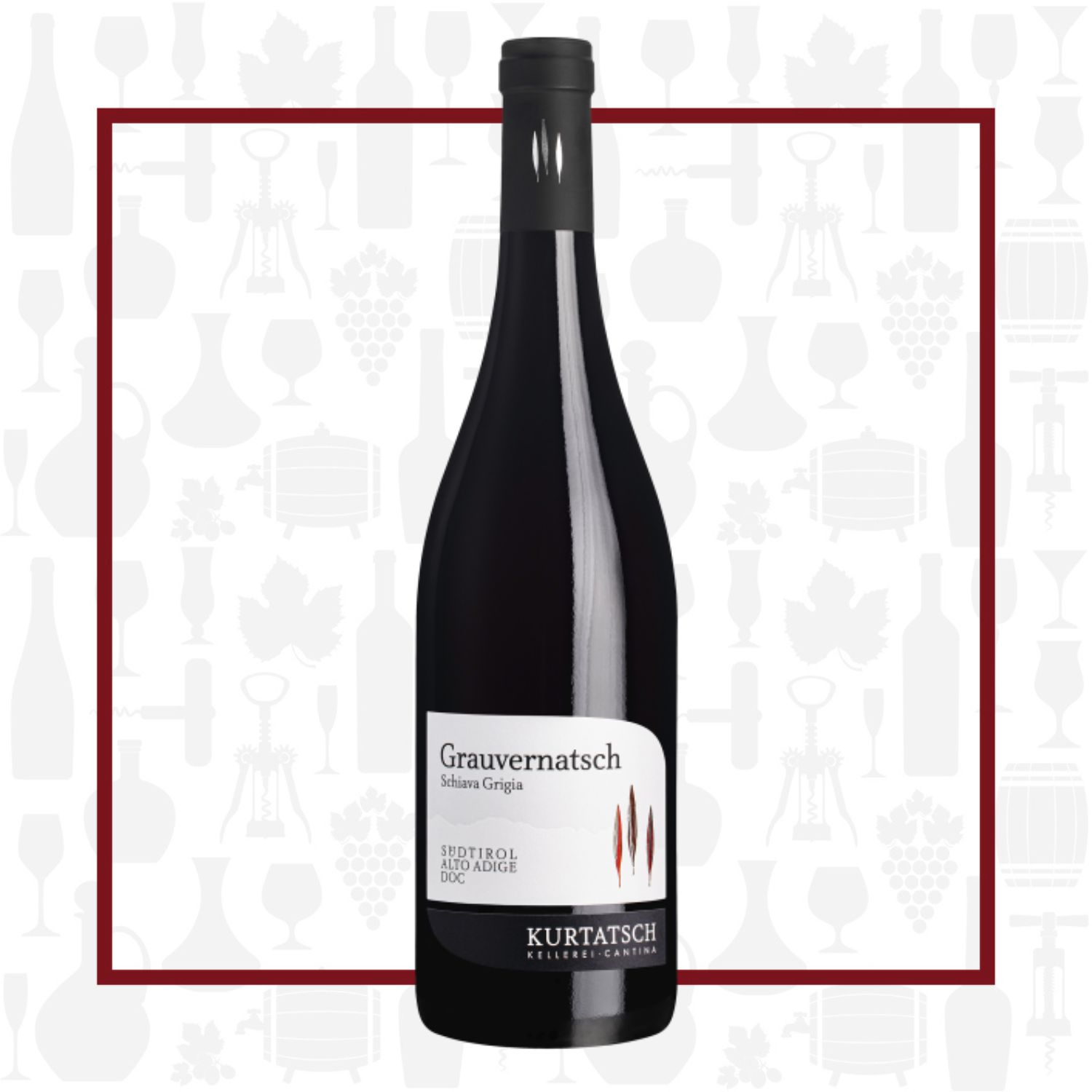Cellar Profile
This organic winery is situated in the picturesque village bearing its name in Alto Adige, nestled in the Southern Alps and Dolomite mountain ranges. Its hand-crafted mountain wines are painstakingly made with as little intervention as possible to best exemplify the unique terroir of the region. These red wine vineyards have some of the hottest daytime temperatures in all of Italy, rising to 40℃ during the summer months, but with a significant drop in temperature in the evening to retain freshness. The whites come from the hamlets of Hofstatt and Penon, with heroic vineyards planted on exceedingly steep mountainsides at elevations up to 2500 ft above sea level. These rocky outcrops have a multitude of geological peculiarities, giving their wines intense, saline-like minerality. These are amongst the most aromatic and flavourful white wines on earth, ranging in style from steely dry to lusciously sweet.
Region
The region of Trentino-Alto Adige is bordered by East and North Tyrol (Austria) to the northeast and north respectively, by Graubünden (Switzerland) to the northwest and by the Italian regions of Lombardy to the west and Veneto to the south and southeast. It covers 13,607 square kilometres, is extremely mountainous and includes a large part of the Dolomites and the southern Alps. Südtirol (where Cantina Kurtatsch is located) has an area of 7,398 square kilometres, all of it mountainous land covered by vast forests. The climate here is Mediterranean (hot summer, cold winters) owing to the influence of the many mountain ranges (> 3,000 metres above sea level) and the wide valleys through which flows the main river, the Adige, and its numerous tributaries.
Vineyard
Schiava Grigia grapes are grown at 300-450 meters above sea level on southeast-facing slopes using sustinable practices. The soil is a mix of gravel, clay, dolomite, and minerals. The 2024 vintage was shaped by demanding and contrasting weather conditions that produced lower yields but excellent grape quality, resulting in wines with great balance, acidity and ripeness.
Winemaking
Grapes are harvested by hand to ensure the highest quality fruit is selected Temperature-controlled must fermentation in stainless steel including a period of maceration on the skins to extract flavour and color. After malolactic fermentation, the wine is aged in concrete tanks for six months to add complexity and texture without imparting strong oak flavors.
Tasting Notes
Red cherry, raspberry, wild strawberry and red currant aromas are complemented by notes of violets and herbs. Light, elegant and fresh, with fine-grained tannins and a tangy, fruity finish. A versatile wine to serve lightly chilled with a variety of dishes – cured meats, fish, poultry, light pasta or pizza.
Varieties
The German name for Schiava, Vernatsch, derives from Latin vernaculus or "native", and refers to its far-reaching history in Alto Adige. Schiava Grigia (Grauvernatsch) is a lesser-known mutation of the Schiava family. Grigia means grey and it gets is name from its pinkish-grey to light red skin. In the oldest written documentations, Schiava Grigia was named as the noblest of the Schiava varieties. Records show that it has been growing in the Trentino-Alto Adige region since the 13th century. This demanding clone excels on airy, sunny hillsides. The styles coming from Südtirol tend to be light in colour, brimming with fresh red fruit characteristics. They are most often dry, medium-light bodied with naturally high levels of acidity.

